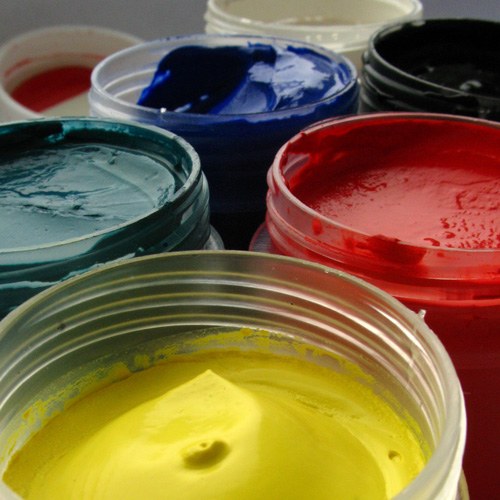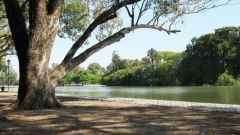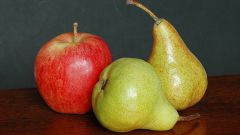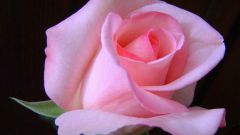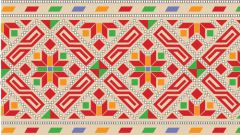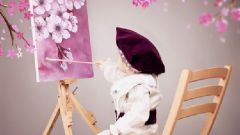You will need
- - a sheet of cardboard;
- - round and flat brushes;
- - gouache;
- - palette for mixing colors;
- - containers (glasses, jars) for water;
- - water.
Instruction
1
On cardboard, draw a simple pencil sketch. Creating a sketch, don't press on the pencil. Thin light lines can easily be painted over with paint, and dark and thick you can't always hide under a layer of gouache.
2
Thoroughly mix the gouache to a smooth consistency. Better to do it on the palette, where you can find the right shade. Please note, if the paint will turn liquid, then after drying, the layer is transparent and evenly colored. If it's too "thick", when applied gouache on paper formed hillocks, the ink after drying can be covered with cracks and crumble. The ideal consistency of the diluted gouache is similar to heavy whipping cream or liquid cream.
3
First layer of gouache draw the background images and the most intense part of the picture. So when coloring you don't accidentally step on the edge of the image fragments, start working along the outlines. Then move from the edge to the center. If you accidentally climbed over the edge of the sketch, then once the paint is easy to remove moist, but not wet, brush or paper pad.
4
If you need to apply a layer of gouache on top of the other – be sure to wait until the first coat is dry, then quickly apply a second, not a lot of pressure for brush. To smooth the boundary between the layers, walk after drying gouache on boundary with a clean damp brush. Guide it in one direction.
5
Next, draw the dark places and spots in the picture. Give gouache a little dry and draw an intermediate color between dark and light.
6
In the last drawing, use the light colors. To get the right tone while working with light colors, mix on the palette, paint with whitewash to achieve the desired shade.
7
Move in the process of working from dark colors to light, from the large strokes to the smallest. Don't forget to change the brush on thinner.
Note
Gouache in jars can delaminate. It's easy to fix, mix well the paint in the jar throughout the depth.
Useful advice
If the paint has dried and cracked, add the gouache with a little water, tightly close the paint lid, let it brew. Then thoroughly mix the gouache to recover.
